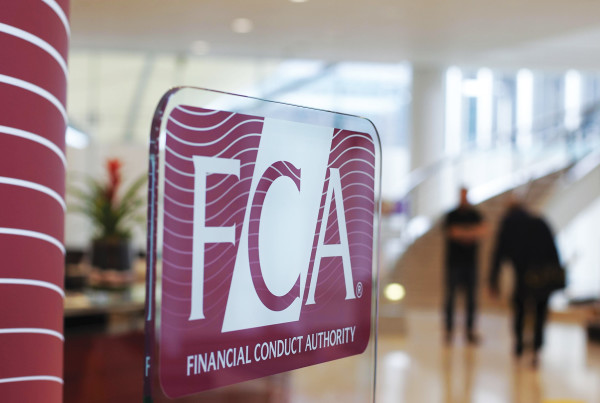But ongoing fees have remained stable since 2015, according to the same research. The average lowest ad valorem charge was 61bps, just 6bps higher than in 2015. The average highest charge was 3bps lower than before, at 92bps.
Even if certain fees have dipped slightly, adviser charges have clearly proven resilient in recent years. But just as 2013 ended commission, another landmark piece of regulation may cause some to rethink how they operate.
Mifid II came into force on 3 January, creating a swathe of new requirements for the likes of asset and wealth managers, platforms and advisers. The regulation means advisers must provide individuals with a presale cost disclosure comment, setting out an annual forecast of costs and charges, as well as the impact these have on investment returns.
Industry figures expect this enhanced level of transparency may lead more clients, as well as intermediaries, asking if charging a proportion of assets on an ongoing basis is justified at times when little work is required, or in cases where pots are particularly large.
Barry Neilson, business development director at platform Nucleus, explains: “If I’m an adviser and I have a new client, I have a lot of work to do in the first six months. I’m going to have to spend time to model them to see how to invest that money.
“Under Mifid II you’ll do an annual suitability assessment. It keeps working well but then [a few years later] the client says ‘You did all this good work, but now I’m paying you 1 per cent of assets. Why are you doing that?’ That’s particularly the case in a low-return environment.”
It would not be the only recent evidence of price pressure stemming from regulation. The FCA said last summer that it would consult on a sunset clause for off-platform adviser trail commission, following on from a similar clause for on-platform business that came into force in April 2016.
Other options
In light of these changes, alternative charging models, including variants of the ad valorem approach, are gaining traction. One popular alternative is a fixed fee, either for a general service or for one-off pieces of work. Advisers say this structure is becoming more popular.
As the Lang Cat’s research notes: “On the face of it, the number charging flat fees at the initial stage appeared pretty much level since 2015. But the detail reported to us by advisers shows a significant increase in their use for at least elements of initial work, with fixed fees for reports and implementation, as well as one-off briefs.”












